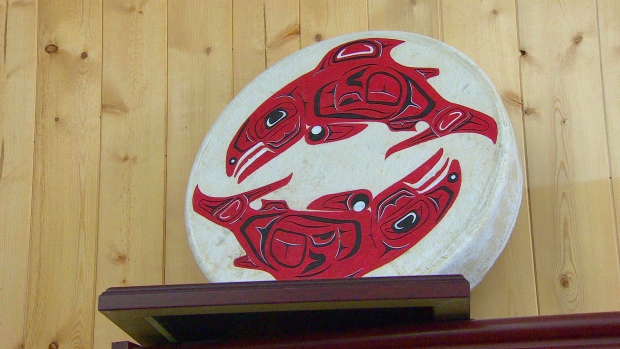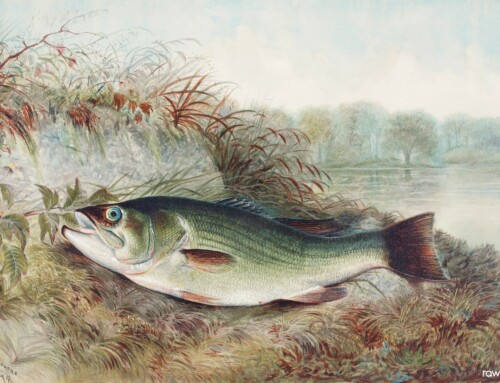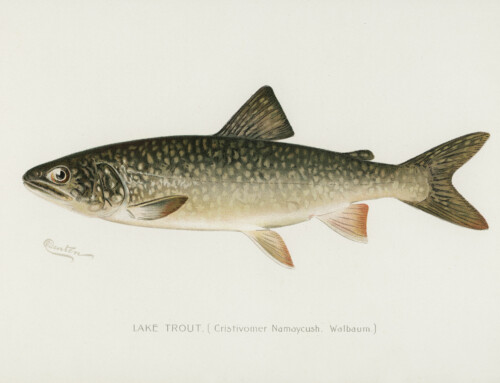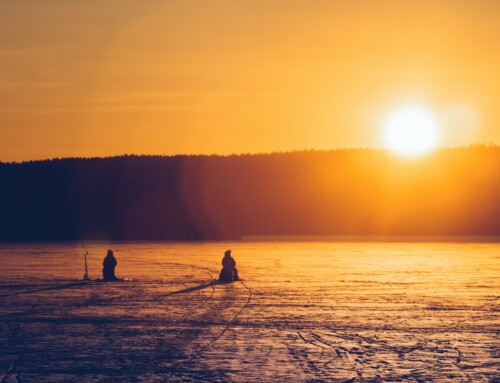Biologists urge caution, say numbers still far below numbers seen in previous decades
Originally Published by CBC News, July 29, 2015
The number of chinook salmon entering the Yukon has met minimum targets for the second year in a row.
This year, 57,000 fish have been counted in the Yukon River at Eagle, Alaska, just above the target of 55,000.
Biologists the number is somewhat encouraging, but say the problem of declining chinook has not been solved. This year’s number still pales in comparison to average run sizes in the 1990s which measured 150,000 fish.
Restrictions in Alaska praised
Pauline Frost, chair of the Yukon Salmon Sub-Committee, says a ban on salmon harvesting in Alaska has made a difference.
“If the U.S. had harvested then we may not have seen the numbers. But, because of the efforts that were put in over the last three, four, five years … we see the numbers creeping up,” she said. “But it has to be sustained long-term.”
Earlier this year, Alaska scientists said they were expecting a low run this season.
Stephanie Schmidt, a biologist with Alaska Fish and Game, said this year’s run was unusual for a number of reasons. One is that the headwaters of the Yukon River were unseasonably warm.
Forty-five per cent of the fish passing upriver are female so far, which scientists consider an acceptable number.
The marginal increase has not changed either the U.S. or Canadian policy on commercial fishing.
Commercial salmon fishing on the Yukon River is closed again this year and Yukon First Nations have voluntarily opted not to fish in order to help preserve the salmon.
Numbers are still historically low
Schmidt says there’s no guarantee the numbers will stay on this positive trend.
“I think this is good news but the run size this year was still well below average. We were only able to do that because of the substantial fishing restrictions that were in place on the Alaska portion of the drainage,” she says.
Schmidt says many environmental factors affect chinook populations.
“We’ve done what we could on this end, to get enough fish on the spawning grounds. Now hopefully environmental conditions will be favourable and that production will improve and we’ll see even more fish in the future.”
This year’s numbers mark the second consecutive increase since 2013, which was the lowest run on record.
Fish not breeding at sustainable levels
Scientists studying chinook have noticed the fish often fail to breed at sustainable levels.
Dennis Zimmerman, executive director of the Yukon Salmon Committee, says it’s still a mystery.
Zimmerman says a good rate for a breeding Chinook would be to produce four offspring which escape the spawning grounds. The current rate is sometimes measured at less than one.
“Salmon have a complex life cycle; they travel through the freshwater and marine environment over multiple years. We don’t know where in the system
Zimmerman says he is encouraged by this year’s numbers but reiterates that the salmon population’s recovery is far from guaranteed.
“This could the eighth-lowest run on record so we have to be cautious. It really is a long-term rebuilding process” he says.
Photo courtesy Phillipe Morin.







